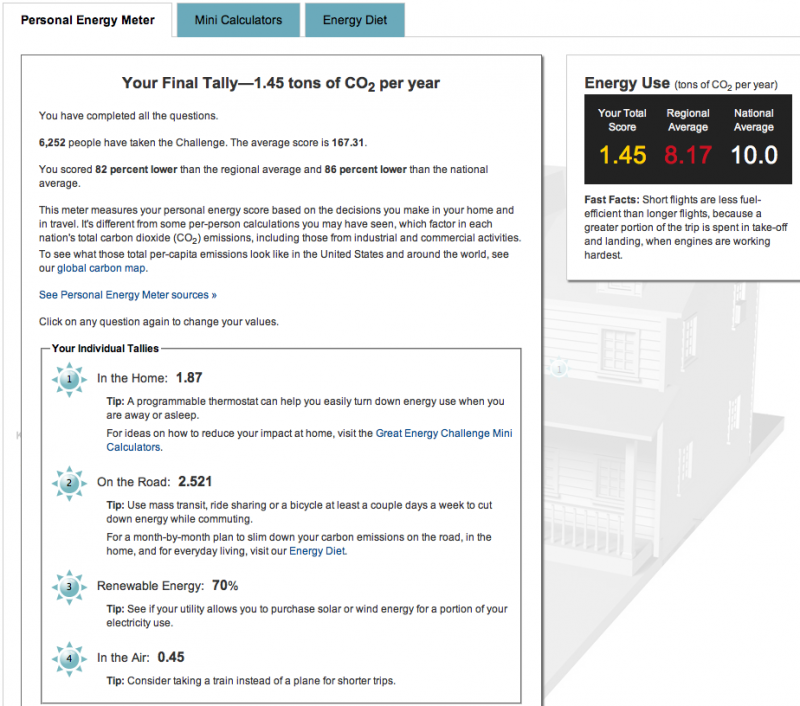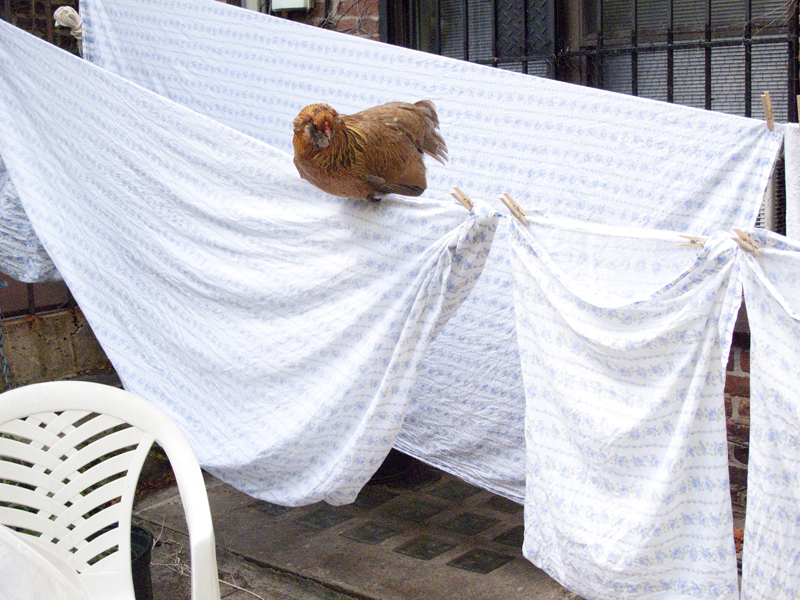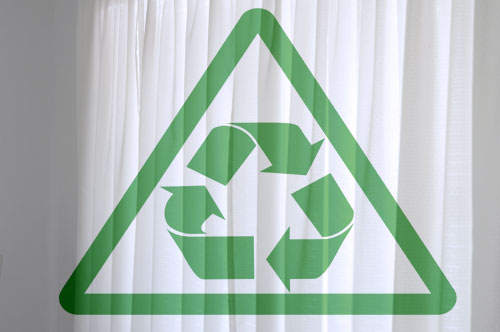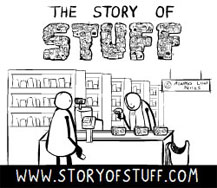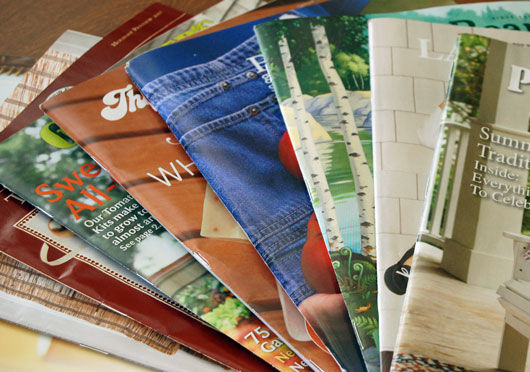
Do you ever stop and think about all the mail-order catalogs that arrive at your home? Then you think about all those catalogs going to all your neighbors and friends and family and it seems overwhelming. Many companies try and use recycled paper, or paper from managed sources. However, there are still plenty of companies buying paper made from the trees of endangered forests in Canada, the US, etc. Peek here to read about a group called Forest Ethics and how they are trying to protect the endangered forests.
Besides recycling those catalogs, you can very easily stop them from coming to your home in the first place. In the past, if you wanted to stop the catalogs, you had to call each company, navigate through their phone system and convince the person on the phone to take you off their list. Not anymore! Catalog Choice has arrived to do all the work for you. For free I might add.
Just click http://www.catalogchoice.org/ to go to their website. You set up an account (they don’t sell your name to others, because that’s exactly what they are trying to help you with). Then you find companies in their database who are sending you unwanted mail. You just opt-out of receiving mail from them and Catalog Choice does the work contacting them.
Sometimes companies print up to 6 catalogs at a time, so it might take a few weeks/months before you stop receiving them. Just be patient and know that you are making a big difference. They even show you how many trees, pounds of greenhouse gas, pounds of solid waste and gallons of water you have saved by opting out of your particular catalogs. I’m a total sucker for those stats!
Happy Holidays! Please share your ideas for gifts for the planet.

